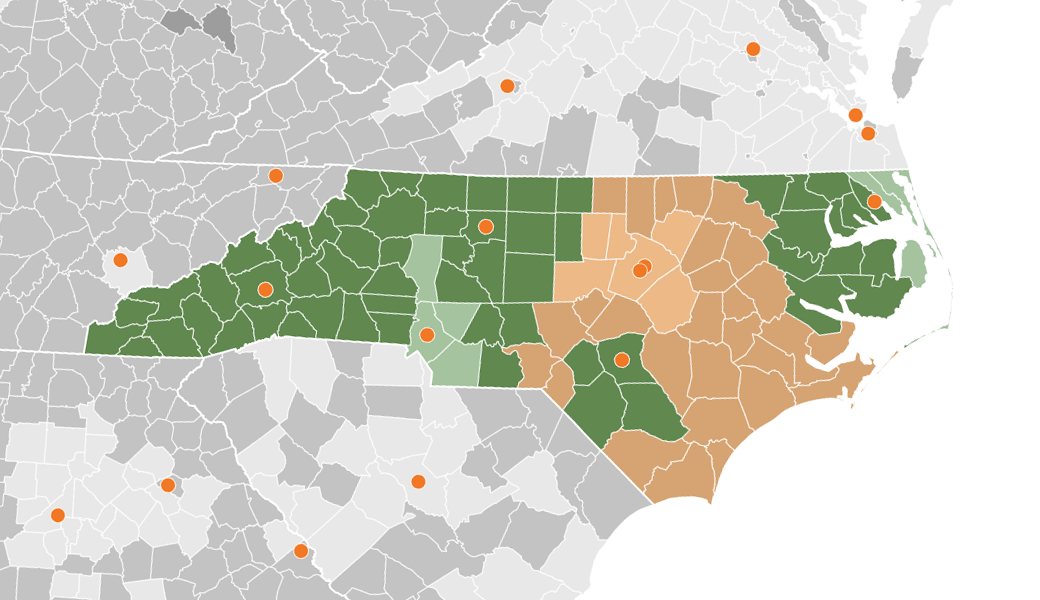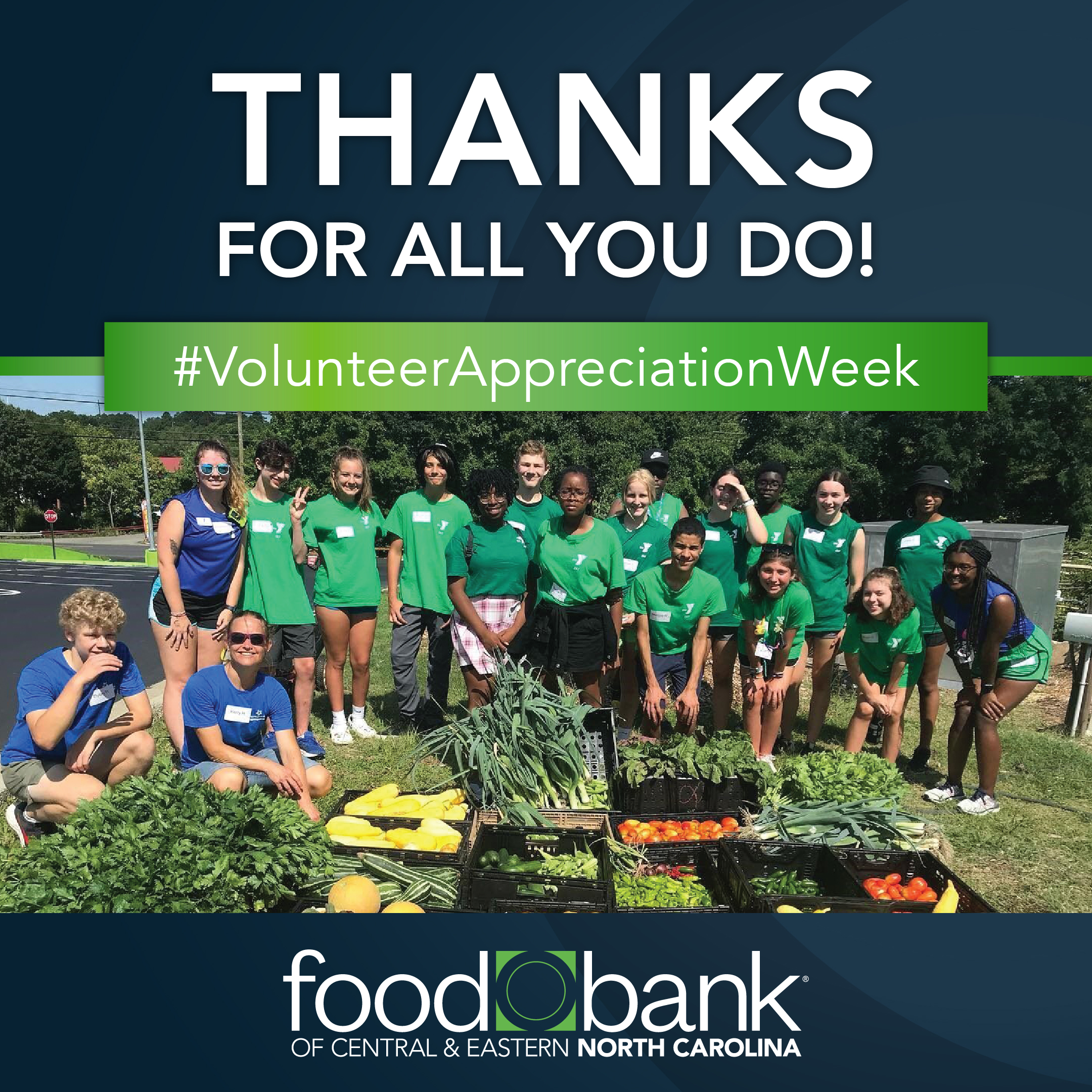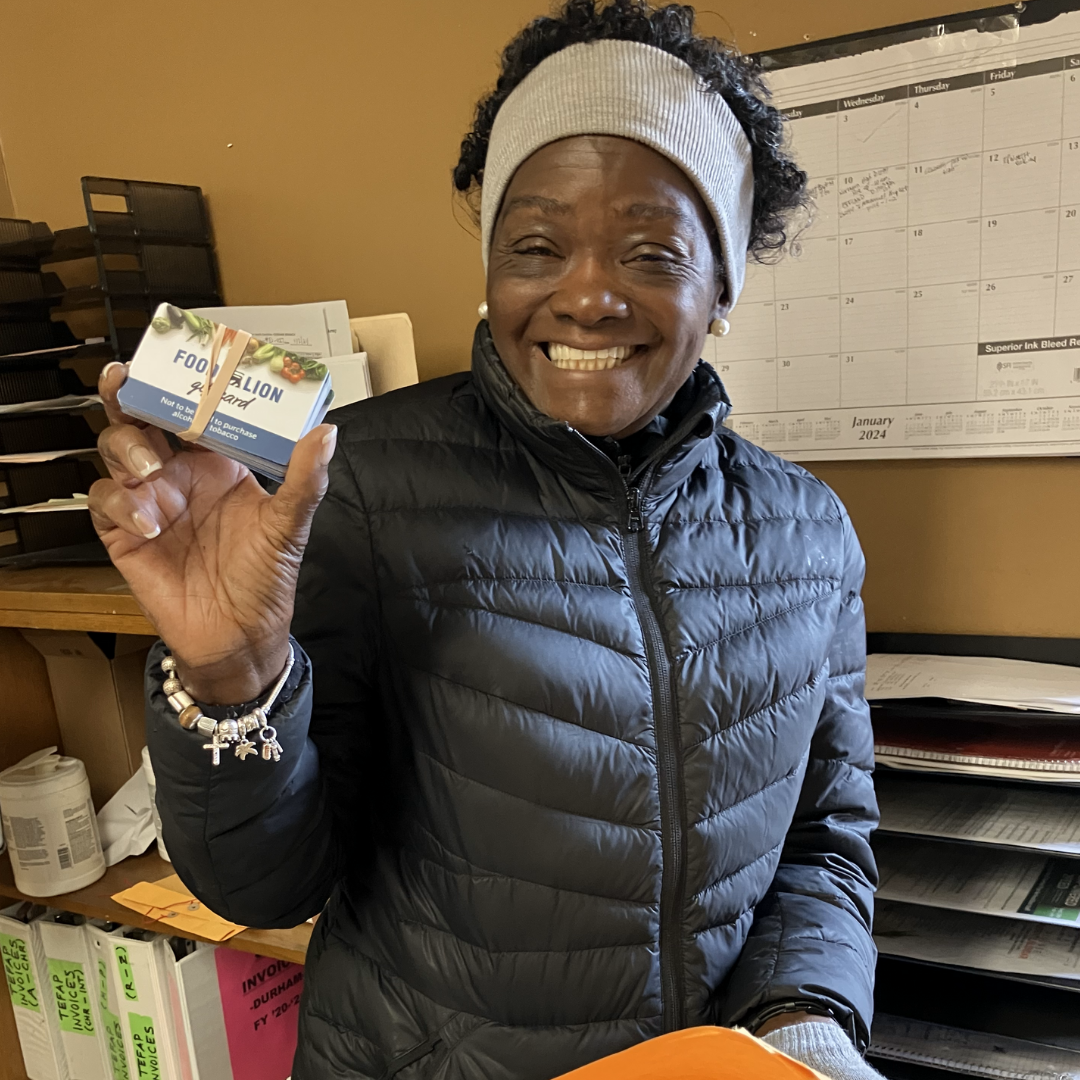Millions of cans are donated to the Food Bank every year. But how do we prepare them for distribution?
All canned food donations are weighed and sorted by our volunteers. But the cans we receive from one of our food industry partners, around 500,000 of them, must also be inspected and labeled.
Volunteers carefully examine each can, checking for dents, creases or other damages that can break the seal of the can and therefore compromise the quality and safety of the food. At the Food Bank, we work diligently to put safety first and to ensure that the food we distribute is safe to eat. And we are always extra cautious, following the general guideline to discard any cans with questionable dents or creases.
But those discarded cans add up: Nearly half of these inspected cans are discarded because of damages that we believe could compromise the food inside.
But are the cans we discard actually safe to eat?
The truth is, there’s only so much we can determine with human inspection, and without the proper tools, we know that the process isn’t as efficient as it could be. In fact, we estimate that 70 percent, or 175,000 pounds, of the discarded donations are actually safe for consumption, but are disposed of due to uncertainty. That’s equivalent to more than 147,000 meals that could be saved and distributed if we had a more effective way to inspect these cans.
So, we approached the North Carolina State University Department of Mechanical and Aerospace Engineering and pitched them the idea to create a machine to assess the quality and safety of dented cans. Fortunately for us, they thought it would be a good project, indeed.
Dr. Chau Tran’s senior design class dove into the project with great enthusiasm, learning more about the Food Bank and more than they probably thought they’d ever need to know about canned food. The engineers even came to the Food Bank to volunteer to get a hands-on experience of what it’s like to sort cans.
They divided into six groups and each team began designing a unique system. We needed this system to be safe, simple and reliable. We also needed it to plug into a standard power outlet. It had to be portable and easy to operate. It had to accept varying sizes of cans, from small to very large. And it had to cost $800 or less.
It was exciting for the Food Bank to be involved in the creative process. We made a few trips to visit the class, get updates on their progress and answer questions. And we had some questions of our own. Firstly, how can a machine tell if a can is good or bad? Well, our friends showed us that a vacuum chamber sucks the liquid right out of a bad can—you can actually see the liquid bubbling around any hole present! So our volunteers would simply have to look at a can and check for any liquids on the outside. How cool is that?
After months of feedback, tweaks and testing, it was time to put the final designs together.
We visited the class one last time to see the systems in action. And to keep things interesting, we also chose the winner of the class competition. Congrats to Sealed Team Six!
We know it’s a cliché, but in this instance, everybody was truly a winner. The class graciously donated all six machines to the Food Bank, and we will use them at all six of our branches! Each team has made a real impact on the Food Bank, helping us to reduce waste and distribute more food.
We are thrilled for the opportunity to work with these students and build an innovative relationship with a local university. We greatly appreciate their time, creativity and welding skills. Thank you for helping us to distribute more food to local families! And Go Pack!






